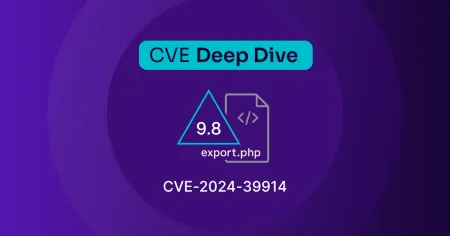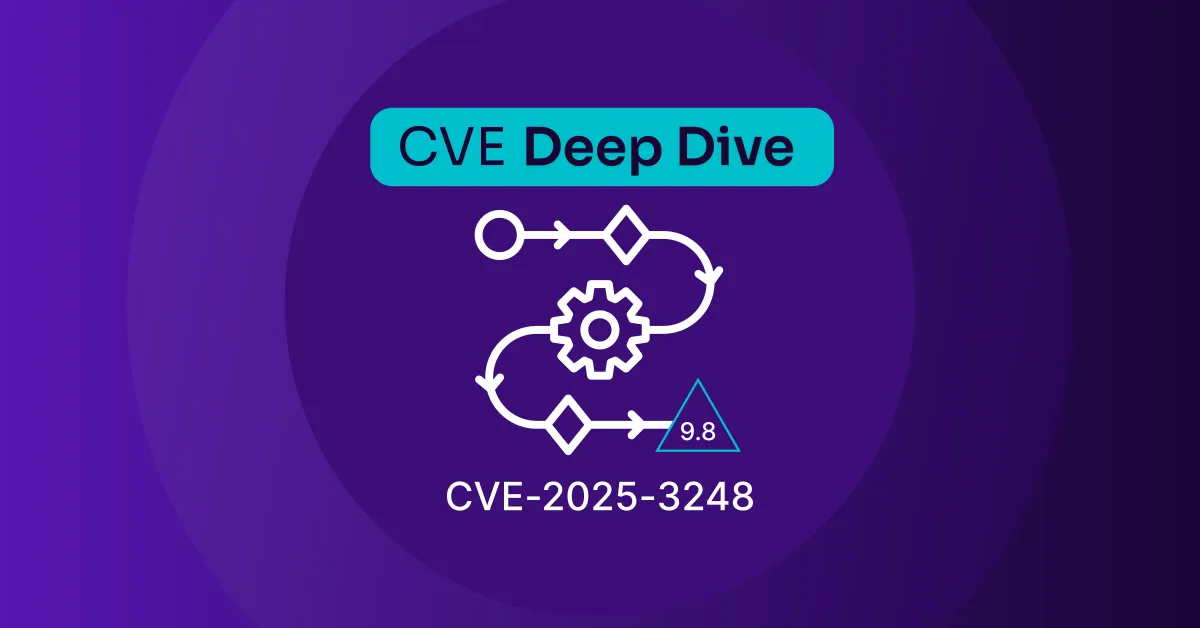
Mar 17, 2025
Creating an Inclusive Cybersecurity Culture
Transform your cybersecurity culture by strategically improving women’s representation and cultivating meaningful inclusion.
Strategic Steps to Improve Women’s Representation and Inclusion
Cybersecurity teams rely heavily on innovation but often miss an essential ingredient for resilience: diversity of thought. The persistent underrepresentation of women—who constitute only 22% of the cybersecurity workforce according to ISC²—limits organizations in ways often unnoticed yet deeply consequential. Rather than viewing inclusion as simply beneficial, organizations must now recognize it as indispensable. Elevating women’s presence from a mere statistic to a strategic imperative offers cybersecurity leaders a tangible path toward building genuinely robust, insightful, and future-ready teams.
Why Inclusion Strengthens Cybersecurity
Organizations with inclusive practices consistently achieve better outcomes in risk management and threat mitigation. Women’s varied experiences and perspectives enhance analytical rigor, strengthen problem-solving capacities, and foster innovation. Inclusion thus becomes an essential element of operational effectiveness rather than a secondary organizational goal.
To genuinely improve the representation and integration of women in cybersecurity, organizations should focus on concrete actions rather than generalized advocacy. The following strategies outline practical, evidence-based steps to achieve sustained progress:
- Redesign Recruitment Practices
Authentic inclusion begins during recruitment. Traditional hiring methods frequently embed hidden biases, unintentionally limiting candidate diversity.
- Clear, Competency-Focused Job Descriptions: Job postings should explicitly outline necessary skills and competencies, avoiding ambiguous or biased terminology. Clearly defined expectations encourage diverse applicant pools by signaling fairness and transparency.
- Anonymized Candidate Evaluations: Implementing anonymous application processes reduces unconscious bias, focusing solely on professional qualifications, expertise, and proven competencies.
- Diverse Interview Panels: Diverse panels provide multiple perspectives during candidate evaluation, mitigating potential biases and promoting balanced, inclusive decision-making.
Revising recruitment in these deliberate ways signals genuine organizational commitment to inclusivity and equity.
- Implement Structured Mentorship and Sponsorship
Mentorship and sponsorship remain essential tools for women’s career advancement. Structured, intentional programs help women navigate industry-specific challenges and strategically position them for advancement.
- Defined Mentorship Programs: Clearly defined mentoring initiatives should focus on concrete objectives, career milestones, and measurable outcomes. This approach ensures meaningful guidance and structured career development.
- Active Sponsorship from Leaders: Sponsorship requires senior-level professionals to actively advocate for women by involving them in high-visibility projects and opportunities. Leadership sponsorship ensures women’s contributions are recognized and their potential fully utilized.
Effective mentorship and sponsorship initiatives significantly boost retention, motivation, and leadership representation among women professionals.
- Prioritize Equitable Professional Development
Strategic professional development reinforces an organization’s commitment to its workforce and strengthens operational resilience. Equitable development programs must provide tangible opportunities tailored to individual strengths and organizational needs.
- Equal Access to Professional Training: Equitably distributed opportunities for training, certifications, and career-enhancing programs directly address disparities in professional growth.
- Customized Career Pathways: Personalized growth plans, developed collaboratively with women professionals, clearly outline advancement opportunities. These pathways demonstrate the organization’s tangible commitment to employee growth.
Investment in equitable professional development actively cultivates a skilled, engaged, and diverse workforce.
- Strengthen Equitable Workplace Policies
Policy frameworks form the backbone of inclusive workplace cultures. These policies must explicitly address women’s unique professional and personal needs, ensuring sustainable career progression.
- Flexible Work Options: Establish clear policies supporting flexible work hours and remote working arrangements. Recognizing varied personal responsibilities improves employee satisfaction and productivity.
- Transparent Compensation: Regular compensation audits and transparent career advancement criteria ensure fairness, reduce pay disparities, and demonstrate organizational integrity.
- Rigorous Anti-Harassment Policies: Clearly stated and consistently enforced anti-harassment standards ensure a safe, respectful working environment. Swift responses to violations underscore organizational commitment to employee safety.
Clearly articulated and effectively enforced policies create environments conducive to women’s sustained success and professional satisfaction.
- Increase Recognition and Visibility
Visibility and recognition serve as powerful motivators, reinforcing an inclusive culture by demonstrating the tangible value placed on women’s contributions.
- Internal Recognition Programs: Develop formal mechanisms to regularly highlight and reward women’s achievements. Celebrating accomplishments reinforces individual motivation and organizational commitment to inclusion.
- External Industry Engagement: Facilitate women’s participation in industry conferences, forums, and media opportunities, enhancing their professional visibility and establishing credible role models.
By elevating women’s profiles internally and externally, organizations foster inspiration and build robust talent pipelines for future leadership roles.
While women represent only 22% of cybersecurity professionals according to ISC², this statistic represents an opportunity for meaningful improvement rather than an insurmountable challenge. Organizations implementing structured recruitment, effective mentorship, targeted professional development, equitable policies, and genuine recognition will significantly advance women’s representation in cybersecurity. Such proactive, measured strategies position organizations to build stronger, more innovative teams capable of confronting increasingly sophisticated cybersecurity threats.
Stay in the know: Become an OffSec Insider
Get the latest updates about resources, events & promotions from OffSec!
Latest from OffSec

Research & Tutorials
CVE-2024-39914 – Unauthenticated Command Injection in FOG Project’s export.php
Discover details about CVE-2024-39914, a critical unauthenticated command injection vulnerability in FOG Project ≤ 1.5.10.34. Learn how attackers can exploit export.php to execute system commands or deploy persistent webshells.
Jun 26, 2025
2 min read

OffSec News
What It Really Means to “Try Harder”
Discover how OffSec’s “Try Harder” mantra evolved into a mindset, and how it helps learners build grit, creativity, and real-world problem-solving skills.
Jun 23, 2025
7 min read

Research & Tutorials
CVE-2025-3248 – Unauthenticated Remote Code Execution in Langflow via Insecure Python exec Usage
CVE-2025-3248 is a critical RCE vulnerability in Langflow that allows unauthenticated attackers to execute arbitrary Python code via unsanitized input to exec(). Learn how it works and how to protect your system.
Jun 18, 2025
2 min read